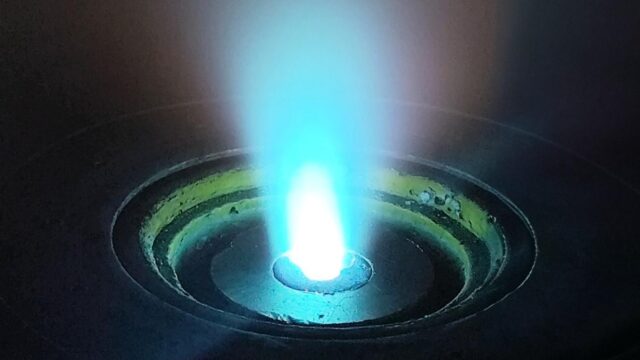Fraunhofer IPMS – High-voltage CMOS for bright microdisplays
A common method to increase the brightness of OLEDs while maintaining a long lifespan is the use of multiple stacked OLEDs. Scientists at the Fraunhofer Institute for Photonic Microsystems IPMS have now developed an innovative high-voltage CMOS backplane that enables exceptionally bright microdisplays. These will be presented for the first time at the SID Display […]
DITF – Elastic inks for textile-integrated electronics
Electrically conductive prints on textiles are the basis for functional textiles with electronic functions, so-called smart textiles. Conductive inks and binders must be well matched to ensure permanent conductivity even under external mechanical influences such as stretching, pressure and bending. The DITF are working on new ink formulations that meet these requirements. Sports, fashion and […]
LUMINOSITY project – With the anodic arc into the future
The EU-funded LUMINOSITY project brings together research and industry partners across Europe to further develop perovskite solar cells on flexible substrates. The project partner Fraunhofer FEP is making promising progress in the deposition of tin oxide and cesium iodide using its expertise in anodic arc evaporation. These innovative technologies are the basis for the development […]
Chiplet-based technology – Baden-Württemberg attracts imec
Imec, a world-leading research and innovation hub in nanoelectronics and digital technologies, and the State Government of Baden-Württemberg, Germany, announced the launch of the Advanced Chip Design Accelerator (ACDA) at the Hannover Trade Fair. The new competence centre in Baden-Württemberg (Southwest of Germany) will develop state-of-the-art chiplet, packaging, system integration, sensing, and (edge) AI technology […]
Fraunhofer IPMS develops novel OLED stacks for microdisplays
Researchers at the Fraunhofer Institute for Photonic Microsystems IPMS have developed novel OLED stacks that enable exceptionally bright microdisplays. Users of augmented reality (AR) glasses require especially bright displays in daylight to clearly recognise content. High brightness and low power consumption are therefore crucial development goals, as optical systems — such as AR glasses — […]







